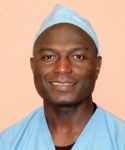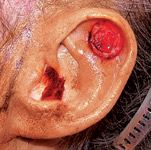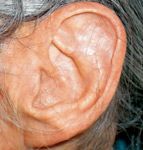- Case-Based Roundtable
- General Dermatology
- Eczema
- Chronic Hand Eczema
- Alopecia
- Aesthetics
- Vitiligo
- COVID-19
- Actinic Keratosis
- Precision Medicine and Biologics
- Rare Disease
- Wound Care
- Rosacea
- Psoriasis
- Psoriatic Arthritis
- Atopic Dermatitis
- Melasma
- NP and PA
- Skin Cancer
- Hidradenitis Suppurativa
- Drug Watch
- Pigmentary Disorders
- Acne
- Pediatric Dermatology
- Practice Management
- Prurigo Nodularis
- Buy-and-Bill
Article
Skin graft contractions: Full-thickness, split-thickness closures result in varied rates of tightening
Author(s):
Many factors guide decisions on choice of appropriate closure

Key Points

"Skin grafts offer a useful alternative in wound reconstruction after skin cancer removal or for various other wounds from other causes," he tells Dermatology Times. "The decision to use split-thickness or full-thickness skin grafting has to be based on a careful assessment, including factors such as graft survivability, adequacy of coverage and appropriateness of tissue match."
Choosing the right graft

"When deciding which graft to use, you have to look at initial contraction when the graft is removed versus long-term contractions," he says.
Full-thickness grafts

Dr. Sam is a proponent of the use of flaps rather than grafts for areas on the face, especially the nose and around the lips. The reasons are better tissue match, survivability and better overall cosmetic outcome. However, in some cases, such as small wounds on the wing of the nose or the ala of the nose, a small full-thickness skin graft will give a very good result.
When a full-thickness skin graft is required, design is an important factor.

"Even before the graft is placed in the wound bed, there is more initial contraction, because the full-thickness tissue that is excised has more elastic tissue in it," Dr. Sam says. "Consequently, there is more initial wound contraction when the graft is removed.
"For relatively small wound defect, over-sizing the graft incision doesn't matter - you can keep the wound size and the graft size about the same. Still, in certain locations, over-sizing the graft a little bit can account for the initial contraction."
If, on the other hand, a very large full-thickness skin graft is needed, its requirement to survive in regard to blood supply is much higher, so there is an increased risk of graft necrosis.





